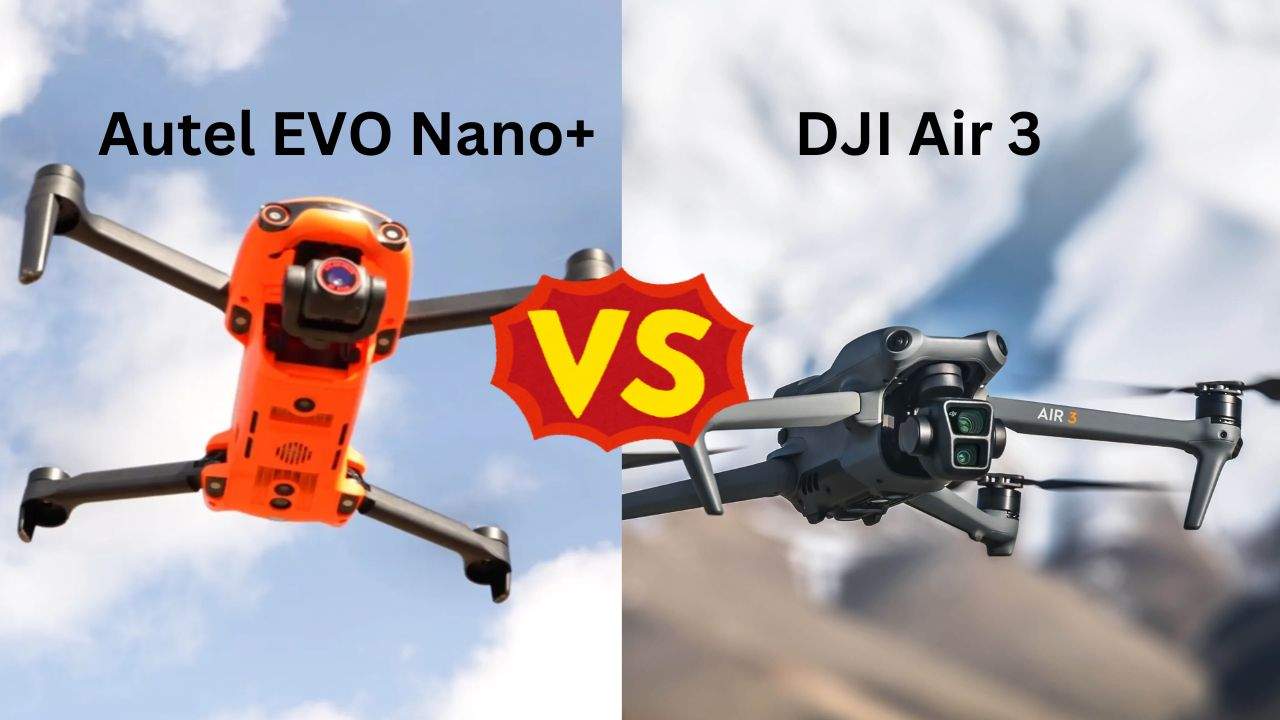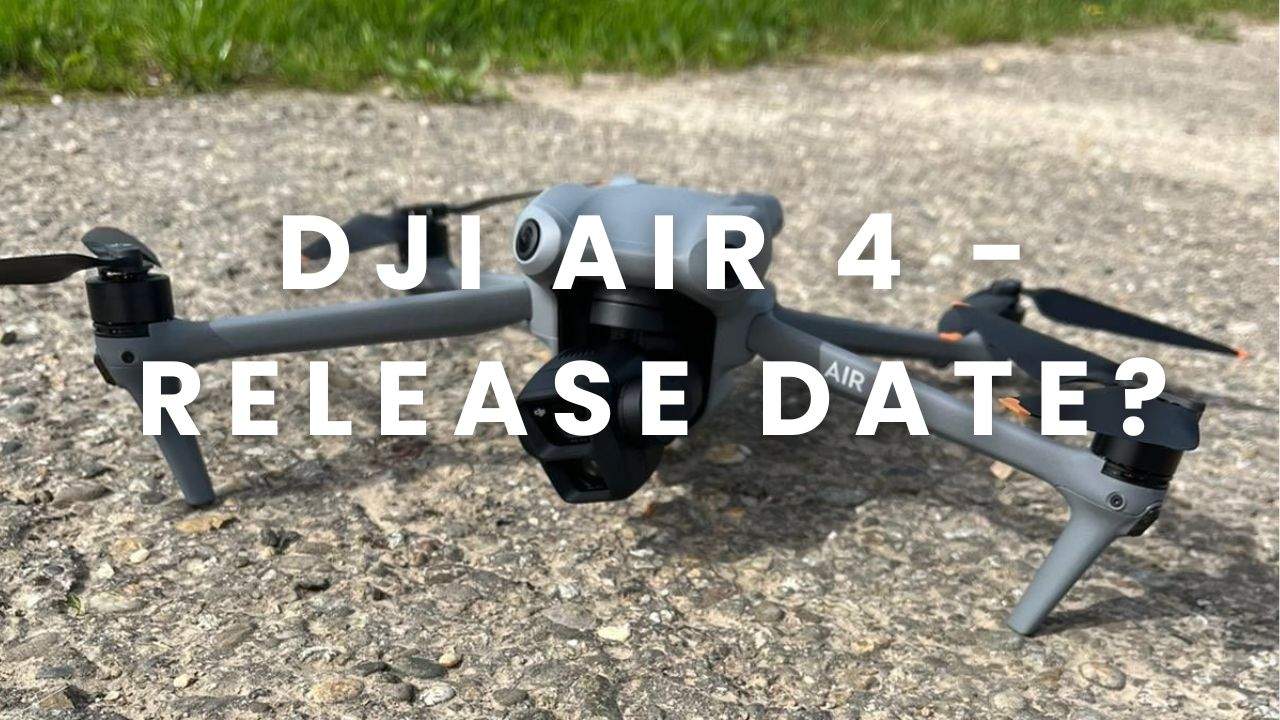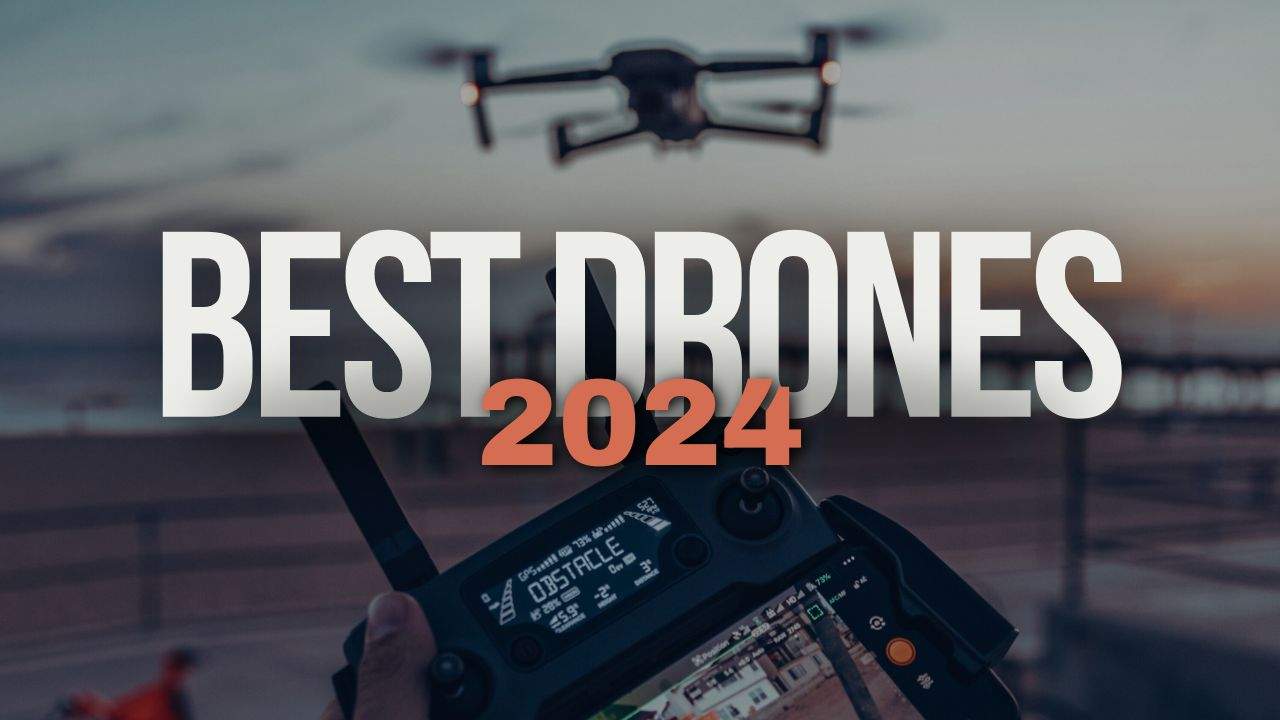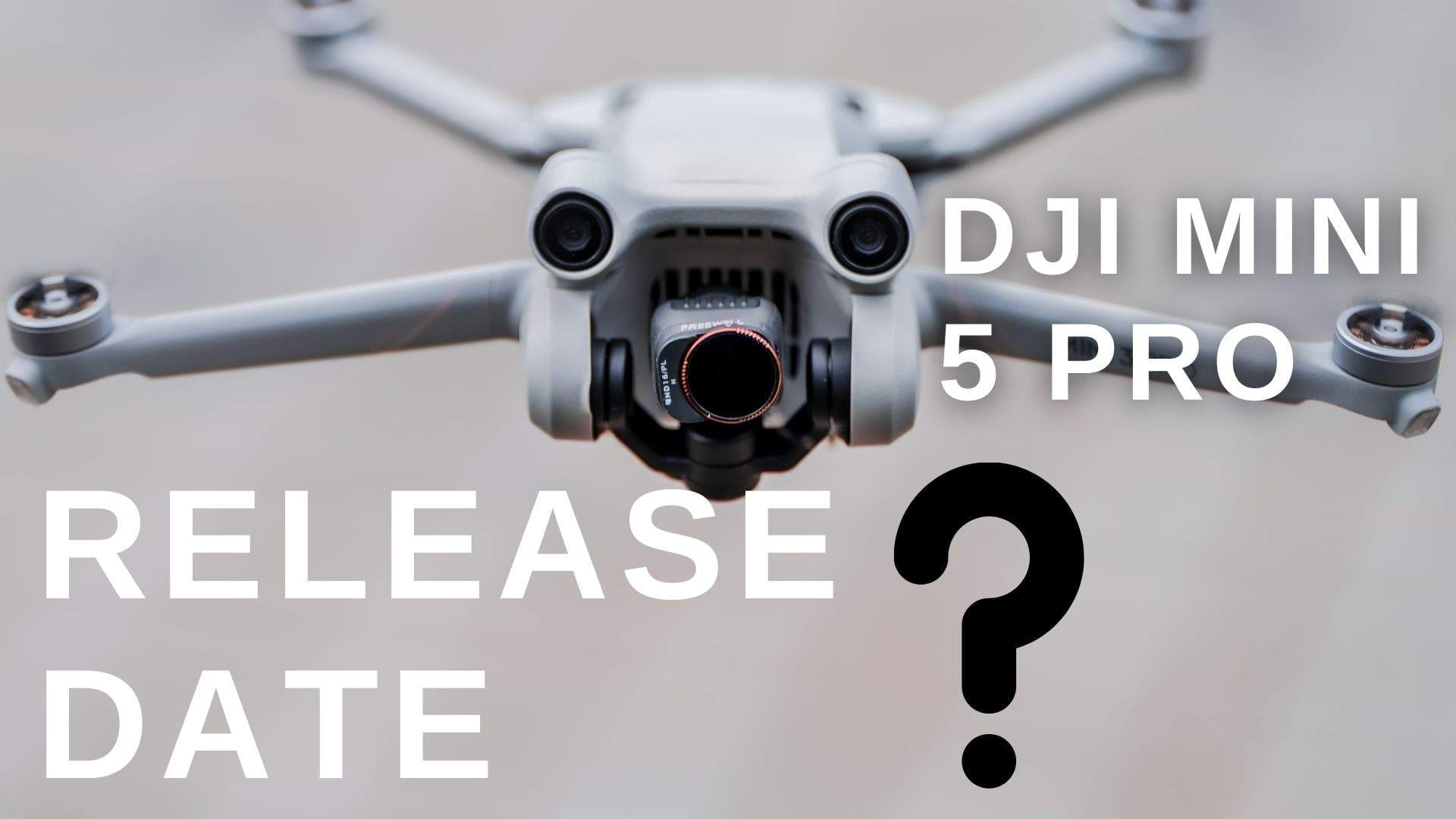In the previous article, we delved into the unboxing, technical specifications, and initial impressions of the DJI Avata FPV drone and the Goggles 2. Now, it’s time to focus on the thrilling first flight experience with this cutting-edge FPV (First Person View) drone, along with an in-depth comparison between the Motion Controller and the Standard Controller.
I. Motion Controller vs. Standard Controller A. Introducing the Motion Controller for flying the DJI Avata: One of the most exciting aspects of the DJI Avata is the Motion Controller, which allows you to pilot the drone through intuitive hand movements. It’s a unique way to interact with the drone, and the responsiveness of the Motion Controller is sure to impress even seasoned pilots.
B. Comparison of the Motion Controller and the Standard Controller: While the Motion Controller offers a more immersive and natural flying experience, the Standard Controller has its own merits, particularly for those who prefer a traditional setup. We’ll delve into the differences between the two controllers and explore their functionalities.
C. Advantages of using the Motion Controller for FPV flying: The Motion Controller opens up new possibilities for FPV flying, allowing you to navigate complex paths, fly closer to obstacles, and achieve creative shots that were once challenging with a standard controller. We’ll discuss the unique advantages of this innovative control method.
II. FPV Flying Experience with the DJI Avata A. Exploring the first flight with the Motion Controller: During the initial flight, our expert pilot was immediately impressed by the Motion Controller’s responsiveness and accuracy. They were able to fly close to obstacles and capture breathtaking footage effortlessly.
- Impression of the Motion Controller’s responsiveness and accuracy: The precision of the Motion Controller was a game-changer, as it allowed for confident and agile maneuvers. The intuitive tilting and turning gestures mirrored the drone’s movements, making it feel like a seamless extension of the pilot’s hands.
- Flying close to obstacles and creative shots achieved: With the Motion Controller, the pilot managed to fly remarkably close to trees and branches, achieving cinematic shots that were simply impossible with conventional controls. This level of control opens up endless possibilities for filmmakers and drone enthusiasts.
B. Switching to the Standard Controller for FPV flying: While the Motion Controller offered an exceptional experience, the pilot also wanted to test the Avata’s capabilities with the Standard Controller in manual mode.
- Initial challenges and differences compared to the Motion Controller: Transitioning from the Motion Controller to the Standard Controller required some adjustments. The pilot found the manual mode to be more suitable for experienced FPV enthusiasts, as it demanded a higher level of piloting skill.
- Adjustments made for optimal flight experience: With some tweaking of the gimbal system and camera settings, the pilot was able to fine-tune the drone’s flight characteristics for a smoother and more enjoyable FPV experience with the Standard Controller.
III. Video Quality and Camera Performance A. Review of the 4K footage captured during the first flight: The DJI Avata’s camera performance was outstanding, especially when flying with the Motion Controller. The 4K footage displayed stunning clarity and color accuracy, ensuring that every detail was impeccably captured.
B. Evaluating the gimbal system and camera settings for better results: As the pilot switched to the Standard Controller, they had to make some adjustments to optimize the gimbal system and camera settings for smoother movements and improved image stabilization.
C. Comparing the video quality between Motion Controller and Standard Controller flights: While both control methods delivered impressive results, the Motion Controller offered more stability and smoother footage, especially when flying close to obstacles. The Standard Controller, while more challenging to master, still produced commendable results for experienced pilots.
IV. Range and Connectivity A. Testing the DJI Avata’s range and signal strength: In a controlled environment, the DJI Avata exhibited a solid range, with the video transmission maintaining a stable connection at distances of up to 350 meters. The signal quality was excellent, ensuring a seamless FPV experience.
B. Understanding the limitations of FPV transmission: While the DJI Avata performed admirably in an open field, it’s essential to be aware of potential signal interference in obstructed areas or around tall structures. The article discusses how to avoid signal disruptions for an uninterrupted flight experience.
C. Performance in open fields vs. obstructed areas: The pilot experienced flawless connectivity in open fields, but they also tested the drone’s performance in more challenging environments with obstacles. Understanding how the Avata handles various terrains can help pilots plan their flights more effectively.
V. Flight Time and Battery Life A. Analyzing the actual flight time experienced during the test: The DJI Avata’s flight time met expectations, ranging from 12 to 15 minutes, depending on the flight style and usage of features like the sport mode. While not the longest flight time in the drone market, it offers a suitable duration for an exhilarating FPV adventure.
B. Discussing battery performance and potential improvements: To maximize flight time, the article discusses tips on preserving battery life, as well as exploring the potential for future battery enhancements in the drone market.
VI. Overall Impression and Recommendations A. Summarizing the strengths and weaknesses of the DJI Avata & Goggles 2: The DJI Avata impressed with its Motion Controller, excellent video quality, and overall design. However, the choice between the Motion Controller and Standard Controller depends on the user’s experience and flying preferences.
B. Who should consider buying this FPV drone, and who might prefer other options? The article provides recommendations for different user groups, from beginners seeking a user-friendly FPV experience with the Motion Controller to experienced FPV enthusiasts who prefer the versatility of the Standard Controller.
C. Final thoughts and conclusion: In conclusion, the DJI Avata & Goggles 2 offers an exceptional FPV experience, combining innovation with ease of use. Whether you’re a newcomer to FPV flying or a seasoned pilot, this drone has something to offer.
VIII. Call to Action and Video Promotion A. Encourage viewers to subscribe and like the video: Invite viewers to subscribe to the YouTube channel and like the video to show support and stay updated on future drone content.
B. Include an affiliate link for purchasing the DJI Avata FPV drone: Provide a link in the video description for viewers interested in purchasing the DJI Avata, using an affiliate link to support the content creator.
C. Mention the availability of the DJI flight simulator for Android smartphones: Promote the DJI flight simulator, a valuable tool for aspiring pilots to practice their flying skills, now available for Android smartphones.
IX. Closing Remarks: The DJI Avata & Goggles 2 delivers an unparalleled FPV experience, whether you’re using the innovative Motion Controller or the versatile Standard Controller. With its outstanding video quality, robust connectivity, and impressive flight characteristics, the DJI Avata is sure to captivate both beginners and seasoned FPV enthusiasts alike. Happy flying!






















